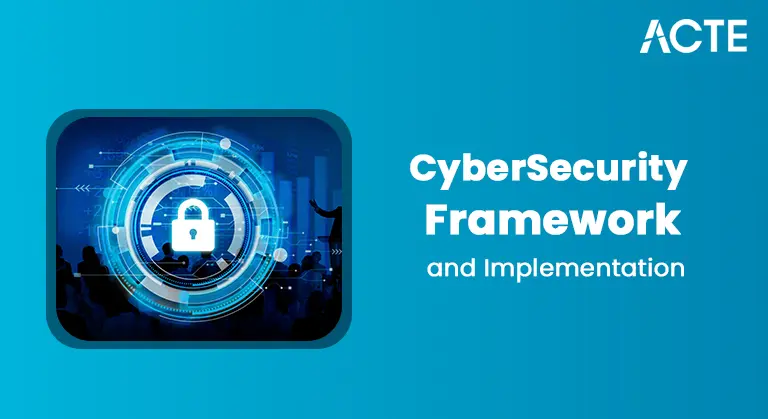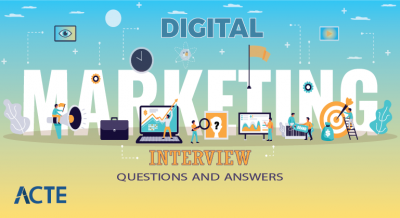
- Introduction to YouTube Monetization
- Eligibility Criteria for Monetization
- Setting Up Google AdSense
- YouTube Partner Program
- Types of Ads on YouTube
- YouTube Shorts Monetization
- Channel Memberships and Super Chat
- Affiliate Marketing on YouTube
- Sponsored Content and Brand Deals
- Merchandising and YouTube Shopping
- Analytics and Revenue Tracking
- Tips to Maximize Earnings
- Conclusion: Turning Passion into Income
Introduction to YouTube Monetization
YouTube has transformed from a video-sharing platform into a significant source of income for creators. With over 2 billion monthly users, YouTube offers creators various revenue streams ranging from advertising to brand partnerships. Monetizing a YouTube channel not only provides financial rewards but also opens doors to global recognition and collaboration opportunities. However, Digital Marketing Training in youtube has a successful monetization requires understanding the platform’s policies, meeting specific criteria, and consistently delivering value to your audience.
Ready to Get Certified in Digital Marketing? Explore the Program Now Digital Marketing Online Training Offered By ACTE Right Now!
Eligibility Criteria for Monetization
Meeting these requirements is the first step toward unlocking monetization features on your channel. Before earning money on YouTube, creators must meet the YouTube Partner Program (YPP) eligibility criteria. As of 2024, a creator needs to:
- Have at least 1,000 subscribers.
- Accumulate 4,000 watch hours in the last 12 months or 10 million valid public Shorts views in the last 90 days.
- Comply with all YouTube monetization policies.
- Set up and link a valid Google AdSense account.
- Enable 2-step verification on the Google account.
Setting Up Google AdSense
To receive payments from YouTube, a Google AdSense account is essential. Once approved, link AdSense to your YouTube Studio under the Monetization tab. AdSense tracks your ad revenue and transfers earnings monthly once you cross the payment threshold (usually $100). While setting up your account, it’s also important to keep in mind that avoiding common pitfalls like those highlighted in Digital Marketing Mistakes Must Avoid can help you maximize your revenue and grow your channel efficiently.
- Visit https://www.google.com/adsense/start/.
- Sign in using your Google account linked to your YouTube channel.
- Provide accurate information, including your website (YouTube channel URL), payment details, and address.
- Submit your account for approval.
YouTube Partner Program
You can apply for YouTube Partner Program (YPP) through YouTube Studio, once you meet the eligibility requirements. YouTube usually reviews applications within a month, although it may vary depending on your channel’s content and activity. Joining the YouTube Partner Program (YPP) unlocks several monetization features:
- Ad revenue from display, overlay, and video ads.
- Channel memberships for exclusive content and perks.
- Super Chat & Super Stickers during live streams.
- YouTube Premium revenue based on watch time from premium subscribers.
Types of Ads on YouTube
Revenue is generated based on CPM (Cost Per 1,000 impressions), viewer location, niche, and viewer engagement. Understanding ad types helps maximize your revenue potential. For creators and marketers alike, Understanding Marketing Management is crucial not just for optimizing ad revenue, but also for planning content strategies, analyzing audience behavior, and making data-driven decisions that boost overall channel growth.
- Display Ads – Appear beside the video, visible only on desktop.
- Overlay Ads – Semi-transparent ads that appear on the lower portion of a video.
- Skippable Video Ads – Viewers can skip after 5 seconds.
- Non-skippable Video Ads – 15–20 seconds long, and viewers must watch.
- Bumper Ads – Non-skippable ads lasting up to 6 seconds.
- Mid-roll Ads – Inserted in longer videos (8+ minutes).
- YouTube Shorts Ads – Displayed between vertical video content..
- Creators earn a portion of the ad revenue from the Shorts feed.
- To qualify, you need 10M Shorts views in the last 90 days.
- Monetization is available through ads, channel memberships, and Super Thanks.
- Channel Memberships: Viewers pay a monthly fee (usually starting from ₹29 or $1.99) to access exclusive content, badges, and emojis. You need at least 1,000 subscribers to enable this feature.
- Super Chat and Super Stickers: During live streams or premieres, fans can pay to highlight their messages. The more they pay, the more visible their comments become.
- Promote third-party products using unique affiliate links.
- Earn a commission on every sale or action completed through your link.
- Popular affiliate platforms include Amazon Associates, ShareASale, Impact, and CJ Affiliate.
- Review products or services.
- Create dedicated videos or shoutouts.
- Feature brand placements.
- T-shirts, mugs, stickers, digital downloads, and more.
- Use platforms like Teespring, Spreadshop, or Shopify.
- YouTube offers Merch Shelf integration under your videos (available for eligible channels with 10K+ subscribers).
- Revenue Tab: See estimated earnings, RPM (revenue per 1000 views), and monetized playbacks.
- Audience Tab: Understand who your viewers are and where they come from.
- Engagement Metrics: Track watch time, click-through rates, and viewer retention.
- Focus on High CPM Niches like finance, tech, or health.
- Post Longer Videos (8+ minutes) to enable mid-roll ads.
- Increase Watch Time and Retention with engaging content.
- Promote Playlists and End Screens to drive more views.
- Encourage Viewers to Subscribe and Comment to boost algorithm ranking.
- Use SEO-friendly Titles, Tags, and Descriptions for better discoverability.
- Engage in Cross-Promotion via social media, blogs, or collaborations.
- Diversify Revenue Streams don’t rely only on ads.
To Explore Digital Marketing in Depth, Check Out Our Comprehensive Digital Marketing Online Training To Gain Insights From Our Experts!
YouTube Shorts Monetization
With the rise of short-form content, YouTube Shorts has become a major focus. Although revenue from Shorts may be lower per view compared to long-form videos, the high view volume can compensate for it. YouTube introduced the YouTube Shorts Fund and now offers ad revenue sharing for Shorts creators:
Channel Memberships and Super Chat
These tools are ideal for creators with a dedicated community and can boost monthly income significantly. YouTube offers fan-based monetization through interactive features. For creators looking to grow efficiently, exploring Smart Ways to learn about these tools and strategies can make a huge difference in building engagement, increasing revenue, and staying ahead in the competitive content landscape.
Affiliate Marketing on YouTube
To maximize conversions, place affiliate links in the video description and create compelling call-to-action messages during your content. Affiliate marketing is a highly effective monetization strategy, especially for tech, beauty, finance, and review channels:
Sponsored Content and Brand Deals
Brand sponsorships are one of the highest-paying revenue streams for YouTubers. Factors affecting your rate include audience size, engagement rate, niche relevance, and content quality. Sponsorship deals may range from a few hundred to several thousand dollars per video. Digital Marketing Training Platforms like FameBit (by YouTube) and Grapevine can help connect creators with brands. Depending on your niche and audience, companies may pay you to:
Looking to Digital Marketing Training? Discover the Digital Marketing Expert Masters Program Training Course Available at ACTE Now!
Merchandising and YouTube Shopping
The YouTube Shopping tab allows creators to tag products directly in videos, Shorts, and live streams providing seamless user experience and driving more sales. If you have a strong brand identity, selling your own merchandise can be a lucrative addition:
Analytics and Revenue Tracking
Analyzing this data helps optimize content strategy and boost revenue. Creators should experiment with content types, posting frequency, and ad placements based on what works best. YouTube Studio provides in-depth insights to track performance and revenue, and learning SEO tools can further enhance discoverability, attract more viewers, and maximize monetization potential.
Tips to Maximize Earnings
Here are proven strategies to grow revenue from your YouTube channel:
Preparing for Digital Marketing Job Interviews? Have a Look at Our Blog on Digital Marketing Interview Questions and Answers To Ace Your Interview!
Conclusion: Turning Passion into Income
Monetizing your YouTube channel is not an overnight process it demands patience, quality content, and consistent effort. From Google AdSense to affiliate marketing and sponsored deals, YouTube offers diverse ways to earn. By Digital Marketing Training strategically aligning your content with monetization goals and audience interests, you can build a sustainable income stream. Whether you’re a beginner or an experienced creator, there’s never been a better time to turn your YouTube passion into a thriving business.


